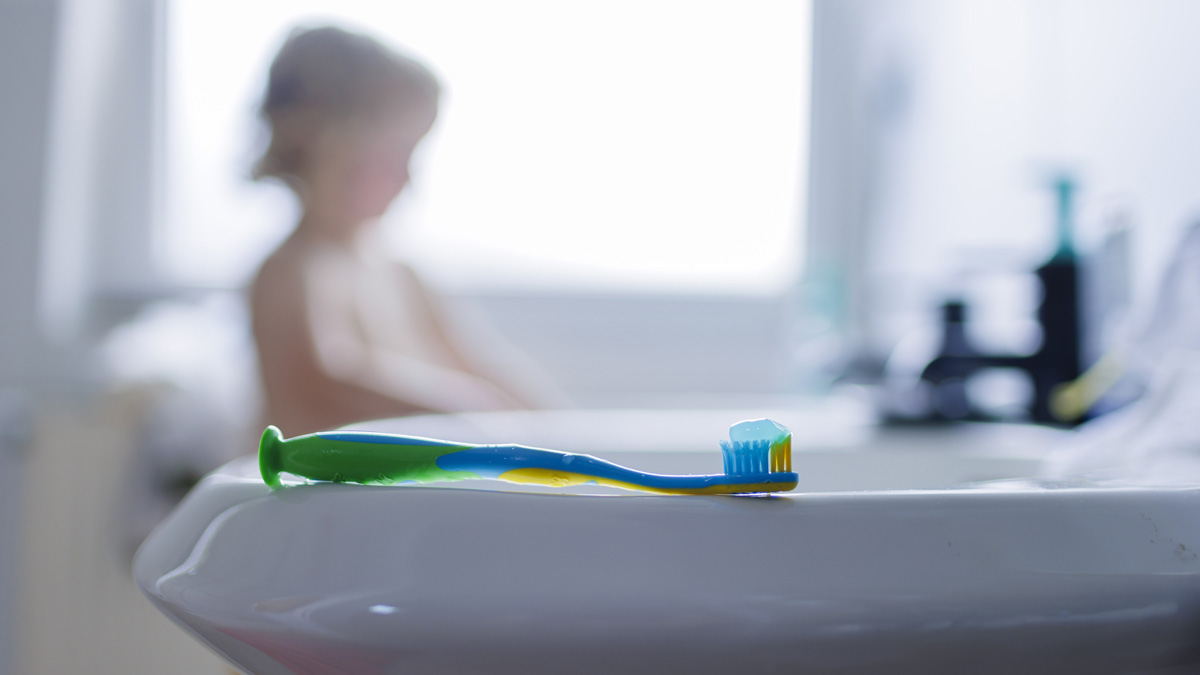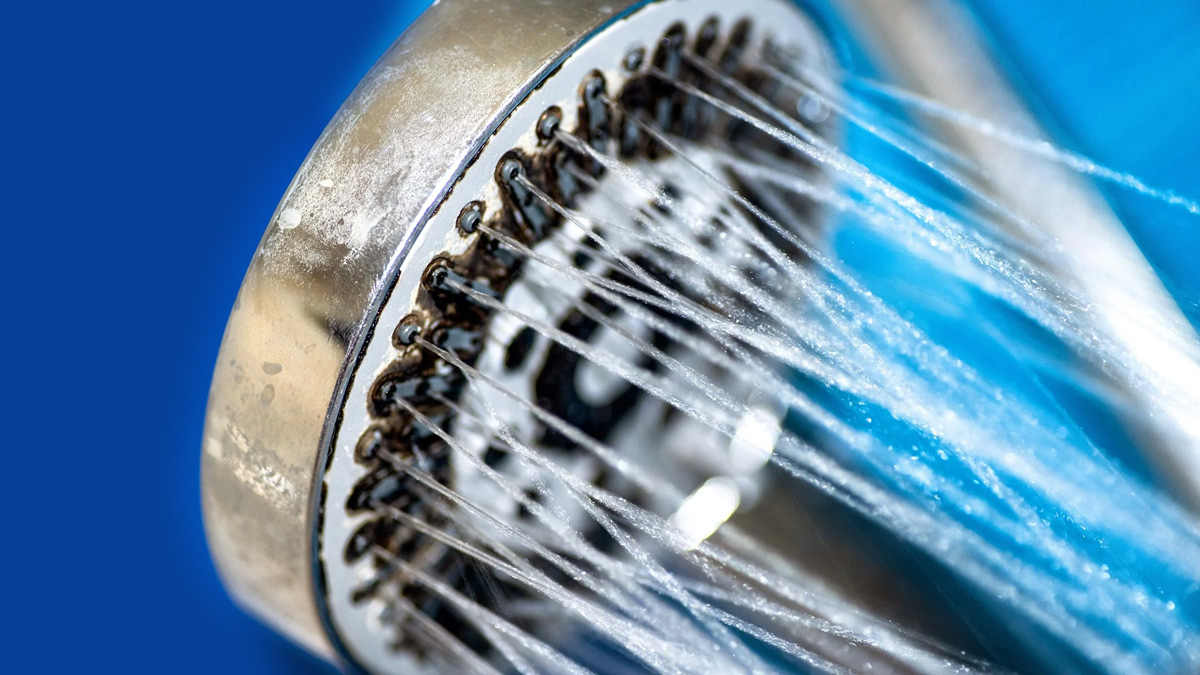
It turns out that the everyday items we rely on for hygiene, like our toothbrushes and showerheads, may be harbouring an unseen world of viruses. A groundbreaking study conducted by researchers from Northwestern University and published in Frontiers in Microbiomes has shed light on this unexpected phenomenon. Despite our best efforts to stay clean, these common bathroom fixtures are teeming with microbes, including hundreds of viruses, many of which remain largely unknown to science.
Table of Content:-
Uncovering the Microbial Populations in Your Bathroom
We often assume that objects we use for cleanliness are themselves free from harmful pathogens, especially when they come into frequent contact with water. However, this study has turned that assumption on its head. By analyzing samples from toothbrushes and showerheads across the United States, the researchers revealed a rich and diverse microbial landscape. The team utilized advanced DNA sequencing techniques to investigate 92 showerhead and 34 toothbrush samples, and their findings were eye-opening.
One of the study's leading researchers, Erica M. Hartmann, expressed her astonishment at the results: “The number of viruses that we found is absolutely wild. We found many viruses that we know very little about and many others that we have never seen before." Her words highlight the vast untapped biodiversity present in everyday environments, with bathroom fixtures acting as an unexpected reservoir of microbial life.

Showerheads: A Hotspot for Unique Viruses
Showerheads, which are in constant contact with water, might seem like unlikely hosts for viral communities. Yet, the study found them to be full of bacteriophages—viruses that specifically target bacteria. These bacteriophages play an important role in shaping the bacterial ecosystems that exist on our showerheads. While much remains to be learned, some experts believe these viruses could potentially influence our health in ways we don’t yet understand.
The findings suggest that bacteriophages may interact with the bacterial communities in ways that are beneficial or harmful to humans. In fact, the discovery of these unique viruses could lead to new therapeutic applications in the future. As scientists continue to unravel the mysteries of these tiny organisms, they may find ways to harness their power to fight off dangerous bacteria.
Also Read: WHO Report: Vaccines Play Key Role in Cutting Antibiotic Use and Fighting Resistance
Toothbrushes: A Microbial Melting Pot
While showerheads harbour their own unique viral ecosystems, toothbrushes are home to an even more diverse range of microbes. The research indicated that toothbrushes, due to their regular contact with human mouths and food particles, tend to accumulate a wider variety of bacteria and viruses. The bristles of a toothbrush provide the perfect environment for these microbes to thrive, allowing them to interact with a wide array of organic materials.
What’s particularly intriguing is that there was almost no overlap in the types of viruses found between the showerhead and toothbrush samples. Hartmann noted that “each showerhead and each toothbrush is like its own little island,” underscoring just how distinct these microbial communities can be, even within the same bathroom.
Implications for Everyday Hygiene
So, what does all this mean for your personal hygiene routine? While it might be unsettling to think about the viruses living on your toothbrush or showerhead, there’s no need to panic. The vast majority of microbes that surround us are harmless, and some may even play beneficial roles in maintaining healthy microbial balance.
Hartmann’s research also suggests that over-sanitizing our environments could be counterproductive. "The more you attack them with disinfectants, the more they are likely to develop resistance or become more difficult to treat," she said. Rather than waging war on these microbes, Hartmann recommends that we “embrace them” as part of our natural environment.
Also Read: India's Climate-Friendly Diet and Sustainable Eating Habits Could Help Save the Planet, Says WWF
Should You Be Concerned?
While it’s fascinating to learn that toothbrushes and showerheads host such a wide range of viruses and bacteria, the study does not imply that these items pose an immediate health risk. Most of the microbes identified are not known to cause illness, and some may even be neutral or beneficial to humans. The research serves more as a reminder of the incredible microbial diversity in our surroundings than a cause for alarm.
Bottomline
In conclusion, this study reveals just how much we have yet to learn about the microbial ecosystems that thrive in our everyday environments. Our toothbrushes and showerheads, though often overlooked, are teeming with hidden viruses and bacteria. While the implications for human health are still not fully understood, these findings open up new avenues for research and potential medical applications. In the meantime, we can continue using our everyday hygiene tools with confidence—knowing that most of the microscopic world they harbour poses no threat to our well-being.
Also watch this video
How we keep this article up to date:
We work with experts and keep a close eye on the latest in health and wellness. Whenever there is a new research or helpful information, we update our articles with accurate and useful advice.
Current Version